Photos

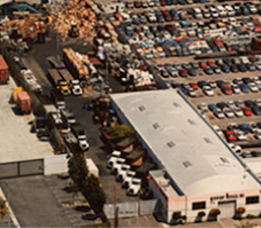
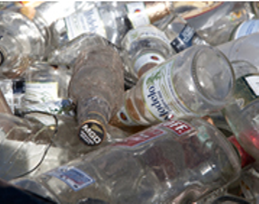
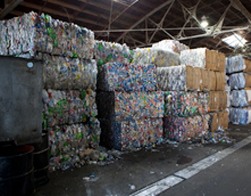


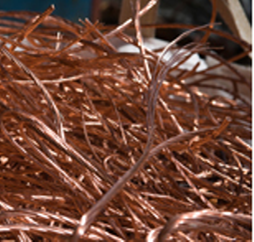
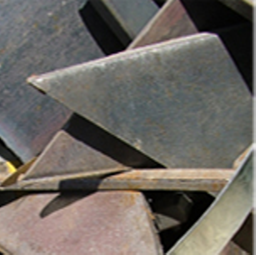
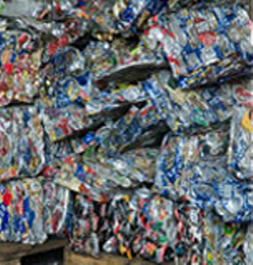
A full service recycling company based in Anaheim that serves the Greater Los Angeles and Orange County areas. Sunwest Metals has become one of the leading metal recycling centers in Southern California. Known for offering superior value. We are a state of the art facility. We strive to accommodate all of your recycling needs.








